The Reverend Dr. James Woodrow
Last time I introduced the nineteenth-century idea of professorships devoted to exploring and improving the relations of science and scripture. They seemed like a good idea—but the first such chair ended up causing quite a ruckus. Interestingly, in view of the later Scopes Trial, which ever after gave the American South a popular reputation for evangelical anti-intellectualism, it was in the South that the first such chair was established: the Perkins Professorship of Natural Sciences in Connexion with Revelation at the Presbyterian seminary in Columbia, South Carolina.

Rev. Dr. James Woodrow
Its occupant, the Reverend Dr. James Woodrow (incidentally an uncle of Woodrow Wilson), embodied everything one might look for in the post: an ordained Presbyterian minister committed to Calvinist orthodoxy and the infallibility of scripture, trained under America’s top scientist (Louis Agassiz of Harvard) and holding an earned Ph.D. in science (chemistry) from the University of Heidelberg.
In keeping with an admirable custom in the old Presbyterian seminaries, Woodrow reflected on his responsibilities at his inauguration in the newly created professorship in 1861. The scientific issues he saw as requiring answer included the age of the earth, the antiquity of man, the question of death before Adam’s sin, the fossil species long extinct before humankind ever existed, Noah’s flood, and the question whether human races were separate species. These issues troubled many people in Woodrow’s day, seeming to suggest that the Bible was wrong about primordial history of the earth and the human race. It was the impulse to “harmonize” science and scripture on these issues that led to the founding of his professorship. But Woodrow’s first task, as he saw it, was to get the theoretical underpinnings of his subject straight—to think through the proper approach and expectations of his chair.
Woodrow’s “Harmonization” and the Discord that Followed
At the heart of the matter was the expectation that this professor should (or even could) demonstrate the complete harmony of science and scripture. Woodrow introduced three key points as he considered this question.
- First, he insisted on “untrammeled freedom of inquiry” into both the claims of science and the claims of scriptural interpretation, and cautioned against hasty judgment from either side.
- Second, Woodrow noticed not only “the imperfect character of science” but also “the doubt which must hang around many of our interpretations of the Bible” on scientific matters, “on account of the brief, and therefore obscure, descriptions to be interpreted; and the probability that language may not be adequate to convey the ideas for which we may be looking, and which we may infer it is no part of the design of the Holy Spirit to present.” He did not doubt “the absolute truth of the ascertained text of the Bible,” but rather urged all to accept from science its “external assistance in doubtful cases.”
- And so, third, “we may expect to find many unadjusted differences, instead of establishing perfect harmony.” Indeed, “complete success” would require positive proof of correct interpretation on both sides. “Whether or not this will ever be attainable, I know not.”
Indeed, “complete success” would require positive proof of correct interpretation on both sides. “Whether or not this will ever be attainable, I know not.”
Each of these points raised methodological questions galore, but they went unchallenged in 1861, the time of Woodrow’s speech, probably because the Southern church was preoccupied with the beginnings of the War Between the States. How would “untrammeled freedom of inquiry” work in a confessional setting, where seminary professors solemnly promised to uphold the Westminster standards? To what extent did the limitations of human language affect the truthfulness of scripture and the knowability of its deeper teachings? How would we know when we had attained positive proof of correct interpretation, either of science or of scripture?
Woodrow was utterly frank about these difficulties. Still, he soldiered on, venturing even to hint at what he expected to find in his future explorations of scientific claims. “The antiquity of the earth, and the gradual nature of the processes by which the Creator brought it into its present condition” were almost certainly true, he said, and must be received as such. The theory that humankind was also ages old, and that some races did not descend from Adam, was “certainly false, or, at least, wholly unproven.” The nature and extent of Noah’s flood, however, he regarded as still up for grabs.
Scientific developments in the next few decades bore out the wisdom of Woodrow’s words of caution about the harmony project. Issues shifted: polygenism (separate human species) dropped away as evolutionism took center stage and indeed offered to explain the variety of races stemming from a common origin. In the 1870s James Dabney publicly challenged Woodrow on methodology, in an exchange of articles in the Southern Presbyterian Review. And in 1884, when scientific developments led Woodrow to believe it likely that humankind arose from brute ancestors, he felt it his duty to make his views public, thus igniting a firestorm of controversy.
Others read his harmonization attempt as tantamount to denying the Bible… he most emphatically did not.
The Woodrow affair, as it came to be known, rocked the Southern Presbyterian Church for three difficult years. Before it was over Woodrow was dismissed, reinstated, dismissed again, tried for heresy, and acquitted. Columbia Seminary shut down temporarily. All this not because Woodrow used science to deny scriptural authority—he most emphatically did not, affirming his commitment to biblical inerrancy even in his public announcement of his partial evolutionism—but rather because others read his harmonization attempt as tantamount to denying the Bible.
Thus the first “harmony chair” brought great discord in actual practice. Did the fault lie in the very concept of harmonizing, in the intellectual unsettledness of the times, or in Woodrow’s execution of his task? Other harmony chair stories may help us decide. Next time we’ll consider similar efforts among the Northern Presbyterians at Princeton.
Additional Notes
- For further reading on the Woodrow affair, see Monte Harrell Hampton’s excellent recent book, Storm of Words: Science, Religion, and Evolution in the Civil War Era (University of Alabama Press, 2014).
- Woodrow’s inaugural address is available online.
- Woodrow’s alumni address, “Evolution” (1884) which touched off the controversy, is available online.
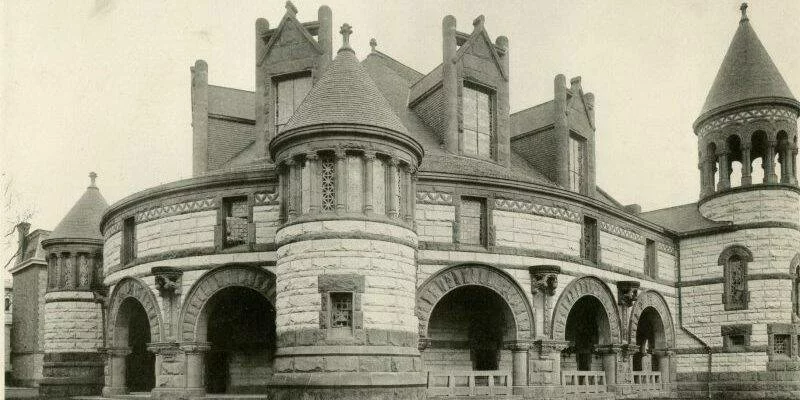
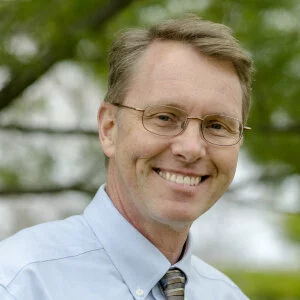
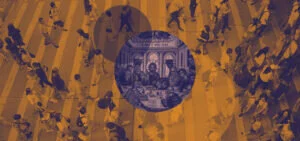
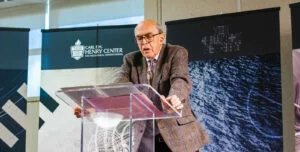
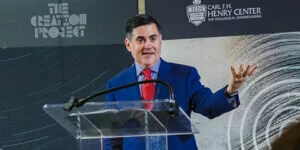



Comments
Be the first one to make a comment!